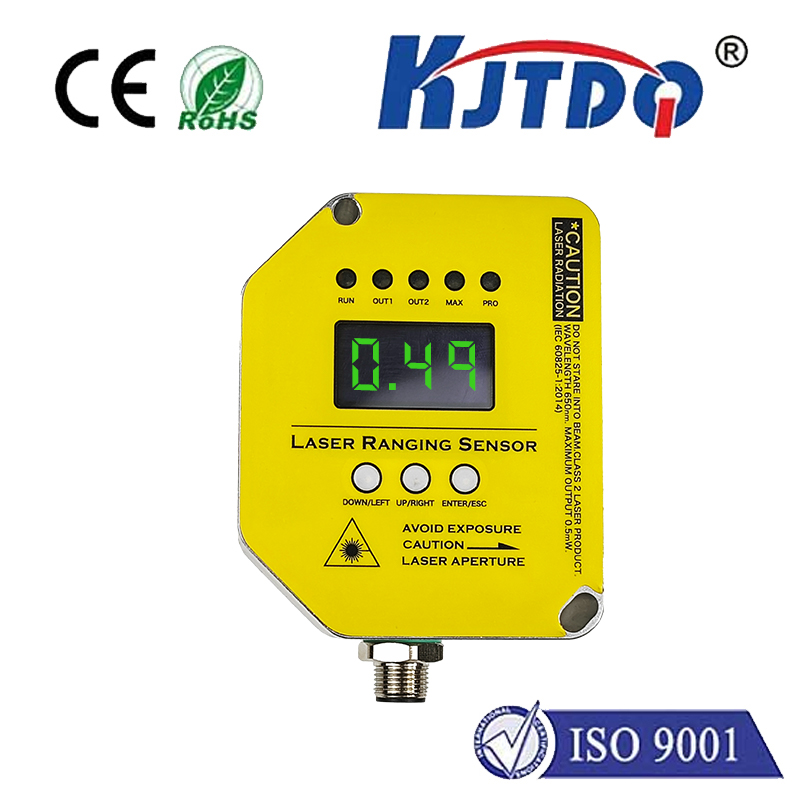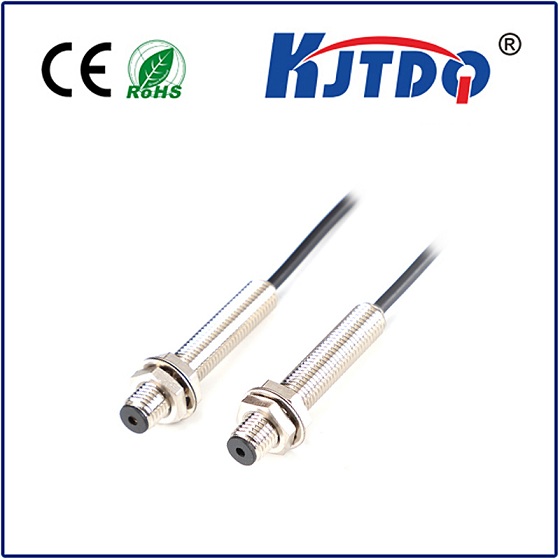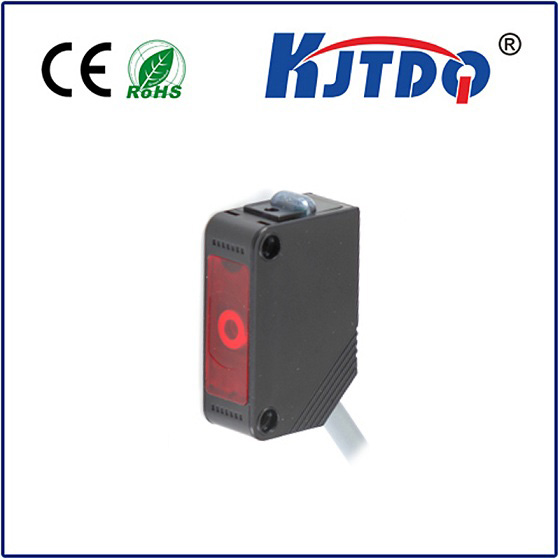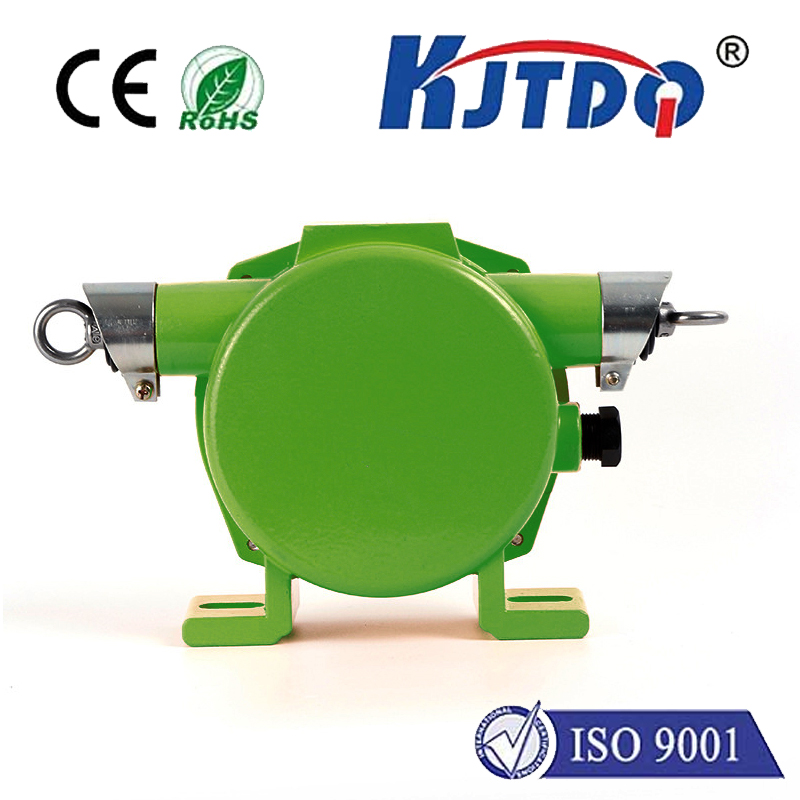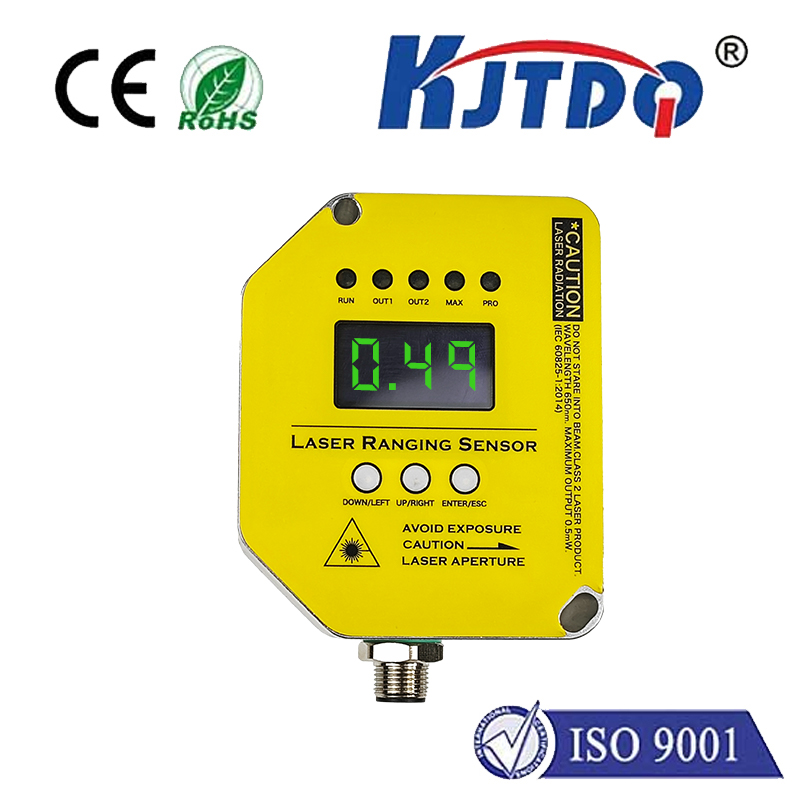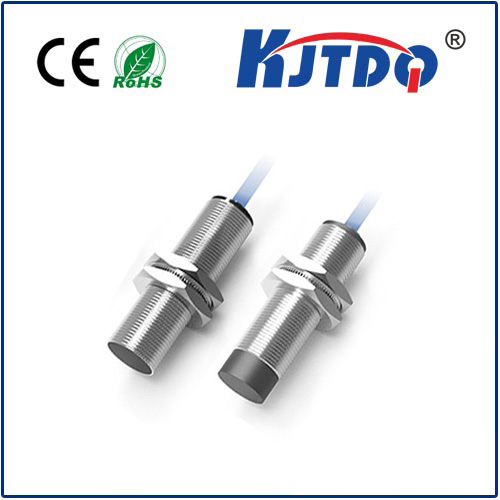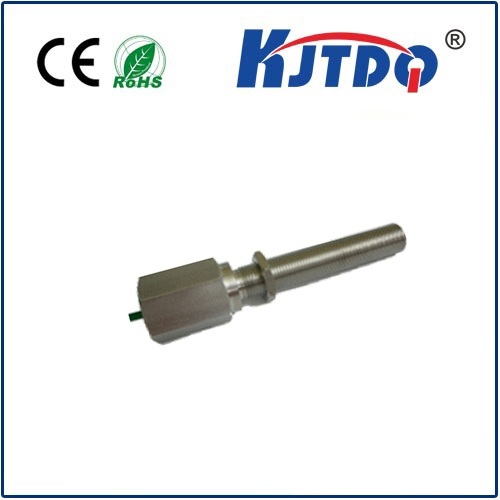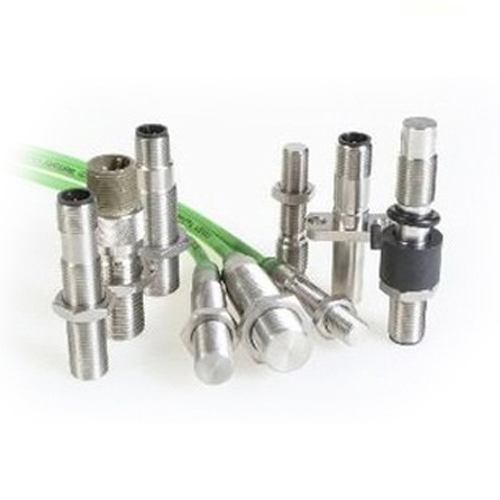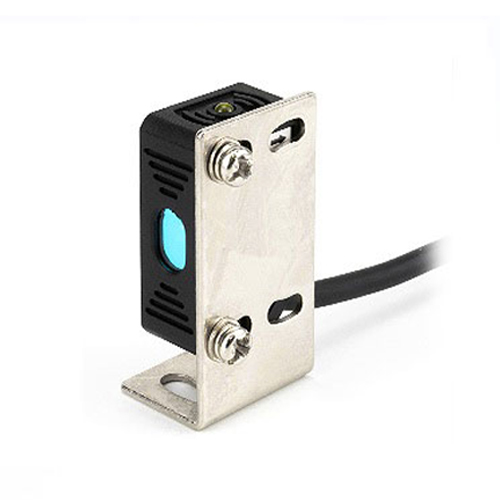fcs003 current switch
- time:2025-08-04 12:37:45
- Click:0
Demystifying the FCS003 Current Switch: Your Essential Guardian for Electrical Circuit Monitoring
In the intricate dance of electrons powering our modern world, unseen dangers lurk. Overcurrent events, those surges beyond safe limits, can silently damage expensive equipment, trigger catastrophic failures, or even ignite fires. Preventing these scenarios requires constant vigilance, a task perfectly suited for a dedicated sentinel: the FCS003 current switch. This unsung hero plays a critical role in safeguarding circuits by monitoring electrical flow and triggering actions when things go awry. Understanding its function and value is key for engineers, technicians, and anyone responsible for system reliability.
What is an FCS003 Current Switch? At Its Core
At its simplest, the FCS003 current switch is a specialized sensor and control device designed to detect the magnitude of alternating current (AC) flowing through a conductor. Unlike complex meters providing continuous readings, its primary job is discrete control: it determines whether the current is above or below a preset threshold and provides a corresponding electrical signal output (typically a relay contact change or transistor switching). Think of it as a highly sensitive on/off switch activated purely by the level of electrical current itself.
How the FCS003 Works: Sensing Without Intrusion
One of the most significant advantages of devices like the FCS003 current switch is their non-intrusive nature. It typically employs a current transformer (CT) principle. A split-core or solid-core CT clamps around the conductor carrying the load current (AC). This CT doesn’t physically connect to the main circuit; instead, it magnetically induces a proportional, smaller, and safer current in its secondary winding based on the strength of the magnetic field generated by the main current.

This induced secondary current is then fed into the FCS003’s internal electronics. Sophisticated circuitry processes this signal:
- Signal Conditioning: The CT output is scaled and converted.
- Threshold Comparison: The processed signal is continuously compared against a preset trip point. This threshold can often be adjustable via potentiometers or DIP switches on the device itself.
- Output Switching: If the sensed current exceeds the preset threshold, the FCS003 changes the state of its output. This could mean:
- Closing (or opening) relay contacts.
- Switching a solid-state transistor output to ON (or OFF).
- This output change is the crucial signal used to trigger other actions.
A vital feature often incorporated is hysteresis. This prevents rapid, chattering switching (“nuisance tripping”) when the current hovers very close to the threshold. Hysteresis creates a small buffer zone; once tripped, the current must drop noticeably below the original threshold before the switch resets, ensuring stable operation.
Where the FCS003 Shines: Key Applications
The simplicity and reliability of the FCS003 current switch make it invaluable across diverse industries:
- Motor Protection: One of its most common uses. Monitoring current draw detects dangerous overloads, locked rotors, or phase loss in pumps, fans, compressors, and conveyor drives. Exceeding the preset limit triggers shutdown, preventing costly motor burnout.
- Load Detection & Proofing: Does a conveyor have a product? Is a pump actually running dry? Is a heating element active? The FCS003 provides a definitive “yes/no” signal based on whether the expected operating current is present.
- Safety Interlocks: Ensuring equipment isn’t operated under unsafe conditions, like activating a machine only if sufficient coolant flow (detected via pump motor current) is confirmed.
- Overcurrent Protection: Acting as an independent safety layer beyond standard circuit breakers or fuses, especially for critical or sensitive equipment where rapid, precise shutdown is needed at specific current levels.
- Power Supply Monitoring: Protecting sensitive DC power supplies by monitoring the AC input current for abnormal surges or drops.
- Energy Management: Signaling when high-power devices draw current, allowing control systems to cycle non-essential loads.
- EV Charging Systems: Verifying current flow during charging sessions for control and safety functions.
Critical Features & Advantages of the FCS003
- Non-Intrusive Sensing: Eliminates the need to break the main circuit for installation, enhancing safety and simplifying setup.
- Adjustable Threshold: Flexibility to set the precise current level needed for tripping across different applications.
- Reliable Switching Output: Robust relay or solid-state outputs interface seamlessly with PLCs, contactors, alarms, or control systems.
- Hysteresis: Prevents output chatter near the setpoint, ensuring stable and dependable operation.
- Wide Current Range: Models like the FCS003 are typically designed to cover common industrial current ranges (e.g., sensing from a few amps up to hundreds of amps, depending on the CT used).
- Compact & Robust Design: Engineered for industrial environments with standard DIN rail mounting.
- Cost-Effective Protection: Provides vital monitoring and control functionality at a fraction of the cost of complex metering systems or motor protection relays. It solves a specific problem efficiently.
Installation and Integration: Keeping it Simple
Integrating an FCS003 current switch is generally straightforward:
- Mounting: Securely mount the device on a DIN rail within an electrical enclosure.
- Current Sensing: Pass the AC conductor to be monitored through the center of the integral CT or a compatible external CT. Ensure the CT core closes fully.
- Power Supply: Connect the device to its specified control voltage (e.g., 24V AC/DC, 110V AC, 220V AC).
- Set Threshold: Adjust the trip point level using the onboard potentiometer or switches according to the application requirements and CT ratio.
- Output Wiring: Connect the switch output contacts (e.g., relay NO/NC/COM or transistor outputs) to the load it needs to control (e.g., PLC input, contactor coil, alarm light). Pay close attention to the output type (e.g., relay, NPN, PNP) and its voltage/current ratings.
- Consider Load Type: Understand what you are switching with the output (inductive like a contactor coil, resistive like a lamp) to ensure compatibility and longevity.
Why It Matters: Beyond Basic Switching
While conceptually simple, the role of the FCS003 current switch is profound. It translates the intangible flow of electricity into a concrete, actionable signal. This capability provides:
- Enhanced Safety: Preventing electrical fires and protecting personnel by shutting down faulty equipment.
- Reduced Downtime: Minimizing catastrophic equipment failures through early intervention.
- Equipment Protection: Extending the lifespan of motors, power supplies, and other valuable assets by preventing operation outside safe parameters.
- Process Reliability: Ensuring machinery operates only under intended conditions, maintaining product quality and production flow.
- Operational Insight: Offering basic but crucial information about whether a device is truly drawing power or operating normally.
In essence, the FCS003 current sensor switch is a fundamental building block of industrial and electrical control logic. Its ability to accurately detect AC current thresholds and provide a reliable control output makes it an indispensable component for safeguarding circuits, optimizing processes, and ensuring the smooth, safe operation of countless systems relying on electrical power. Its focused functionality delivers significant value precisely where it’s needed most.






